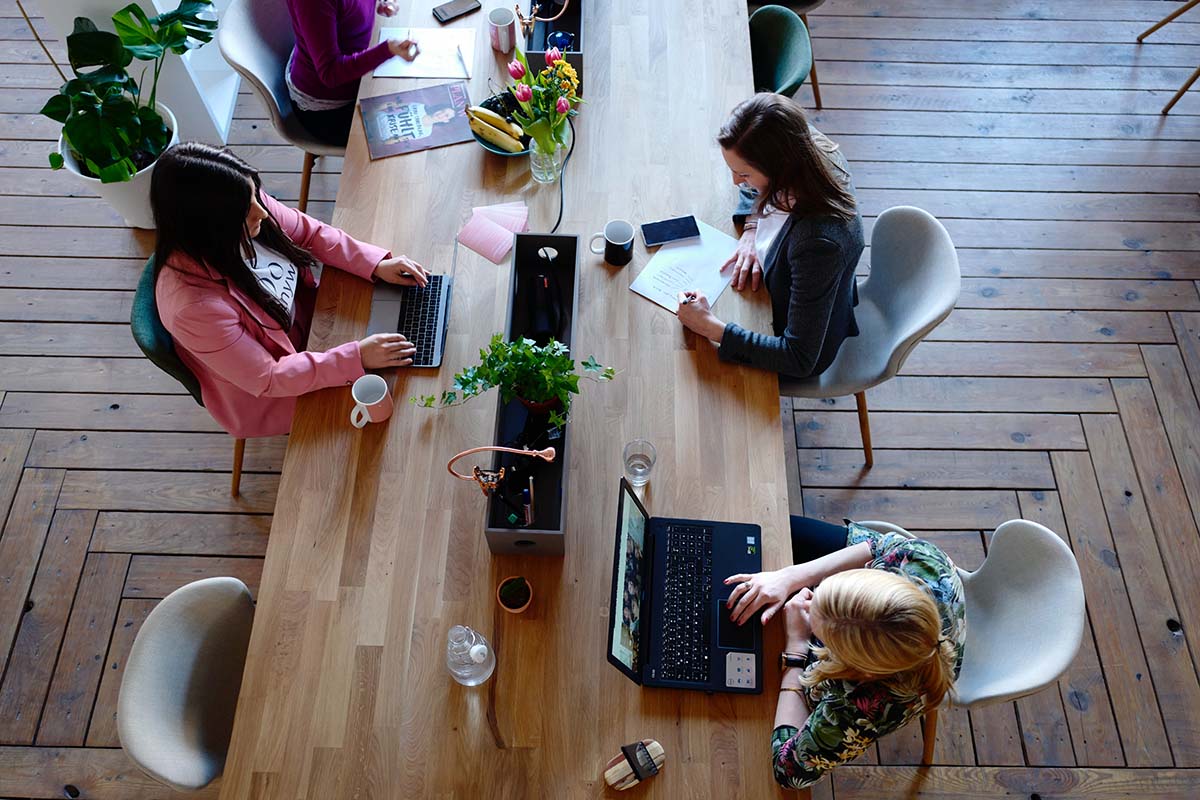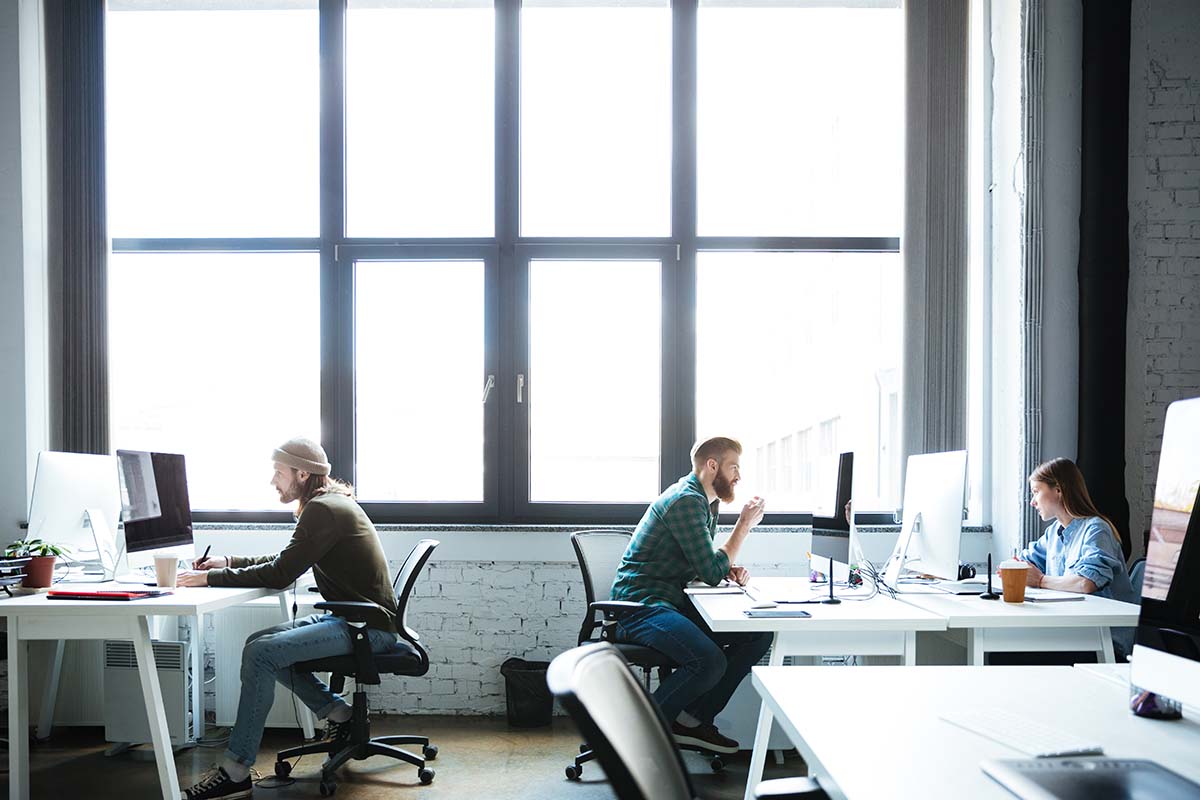Workplace Hygiene And Cleanliness: The Office In A Post-Pandemic World
Although most employees weren’t too fussed about office hygiene pre-Covid, 66% of U.S. workers now consider it a top priority, CNBC reports. And, 62% of employees would have peace of mind simply from seeing sanitation professionals regularly around the office, while almost 40% of employees would consider leaving their job if adequate cleaning protocols aren’t implemented.
In response to the pandemic, office hygiene and sanitization have transformed over recent years. Protocols and best practices have been updated, and cutting-edge technology has been implemented to keep employees as safe and healthy as possible.
Regular and thorough cleaning is more important than ever
Regular office cleaning has always been essential for preventing the spread of germs, bacteria, and viruses, with high-traffic areas like the kitchen and bathroom rightfully paying particular attention. And now, UV technology is also being increasingly adopted across office spaces as a fast, safe, and effective disinfection method.
UV light can penetrate the cell wall of any microorganism it comes into contact with and consequently destroys the DNA of viruses, mold, and bacteria. Biozone’s UV + Plasma technology, for example, kills as much as 99.999% of respiratory flu-type viruses in under 0.44 seconds.
It’s also important to regularly clean office equipment to eradicate harmful germs and bacteria and keep the equipment in good working condition. The buildup of dirt, dust, grease, and static over time naturally degrades equipment, causing it to break down faster.
Office equipment should be cleaned at least every three months to prevent any drop in performance. Computer equipment cleaning, however, needs to be handled by a specialist to ensure excellent results without risking damage to the equipment. The inclusion of anti-static protection, in particular, can also help prevent the accumulation of dust and dirt in between cleaning.
Improved indoor air quality
According to the EPA, Americans spend as much as 90% of their time indoors, where air pollution is usually at least two to five times more concentrated than it is outdoors. Various factors, including personal care products, cleaning products, furnishings, pesticides, and synthetic building materials, have contributed to a worsening of indoor air pollution in recent years.
Moreover, allergens, bacteria, and virus particles also typically circulate through indoor air, spreading remarkably quickly in indoor environments with poor ventilation.
And unfortunately, most office buildings don’t offer employees the luxury of opening windows, proper ventilation, or outdoor work areas, so they’re forced to inhale recycled air for most of the working day. Nevertheless, improving air quality is essential for creating a safe office environment and is an increasing priority in today’s post-pandemic world.
High-efficiency particulate air (HEPA) filter systems, in particular, are being used to successfully remove unwanted airborne particles, such as allergens, viruses, dust, odors (like smoke and formaldehyde), mold, pollen, volatile organic chemicals (VOCs), bio-aerosols, and a host of other common harmful pollutants in offices.
Keep in mind that while there’s some scientific evidence that air purifiers can help prevent the spread of airborne viruses, research is still ongoing, and they shouldn’t be relied on as the office’s sole protection against Covid-19.
For instance, a team of researchers at the University of Cambridge and Addenbrooke’s Hospital recently found HEPA filters and UV sterilizer air purifiers successfully remove most airborne traces of SARS-CoV-2, as well as other viral, bacterial, and viral bioaerosols (however, notably, the researchers used medical-grade HEPA 14 filters in the air purifiers, and not HEPA 13 filters, which are most usually found in consumer appliances).
Moreover, they become even more potent by adding technology like ultraviolet germicidal irradiation (UVGI) to the HEPA filters. UVGI works similarly to other UV sanitizing technology and uses UV-C light to kill tiny organisms — ones so small they may be able to otherwise pass through the filter.
Since UV-C light can successfully irradiate and obliterate the nucleic acids within harmful microorganisms, killing them and destroying their reproduction ability, UVGI is a practical addition to HEPA filters.
Cutting-edge virus-proof office buildings
Whole new buildings were constructed during the pandemic with futuristic, sanitized designs to maximize health and wellbeing. For example, the five-story H3 office building in Bucharest, Romania, has been declared “one of the world’s most virus-resilient workplaces.”
The one-of-a-kind building features 135 cutting-edge hygiene measures, including self-cleaning surfaces, UV light disinfection robots, antimicrobial paint, no-touch door handles, and air-monitoring display features. Employees can open the front doors with a quick wave of the wrist before a thermal body camera scans them for the presence of a fever.
Once given the go-ahead, employees can enter the self-clean elevator with a UV lighting disinfection system within the ventilation shafts to prevent viruses and other pathogens from spreading. Employees unlucky enough to test positive for a fever, on the other hand, are immediately escorted to a quarantine room by an “immune steward.”
The glass-walled quarantine room features a panic button, its ventilation system separate from the rest of the office block, a sanitizing UV light, and the “Viruskiller”: a wall-mounted device with three different fans settings designed to kill airborne pathogens and pollutants.
Office cleanliness and hygiene have come a long way in just a few short years. Regular and thorough cleaning with UV technology, improved indoor air quality with HEPA filters, and virus-proof buildings are important ways the office has evolved in our post-pandemic world.




















